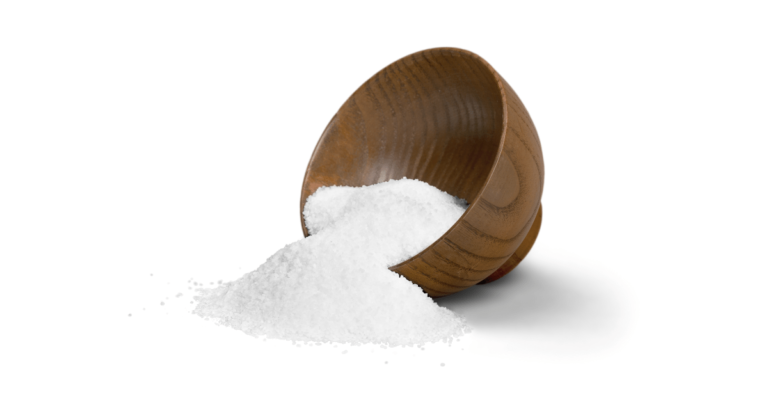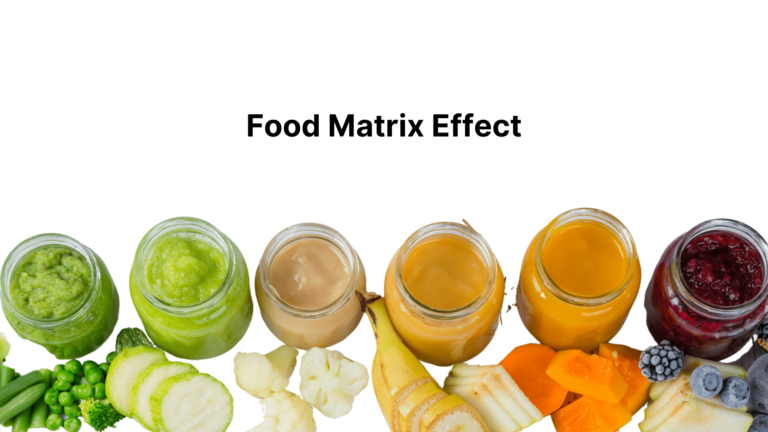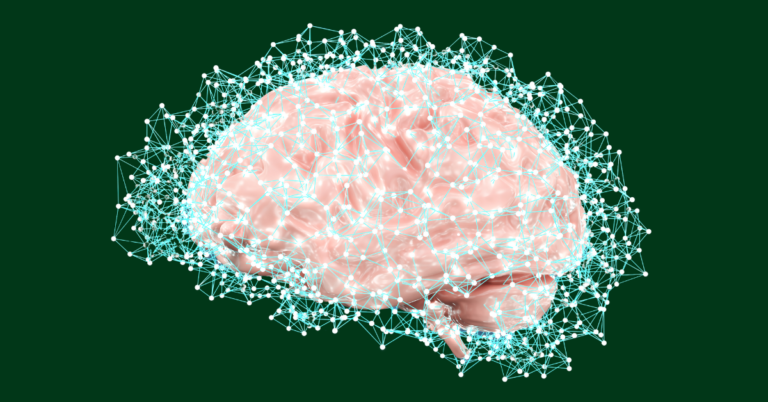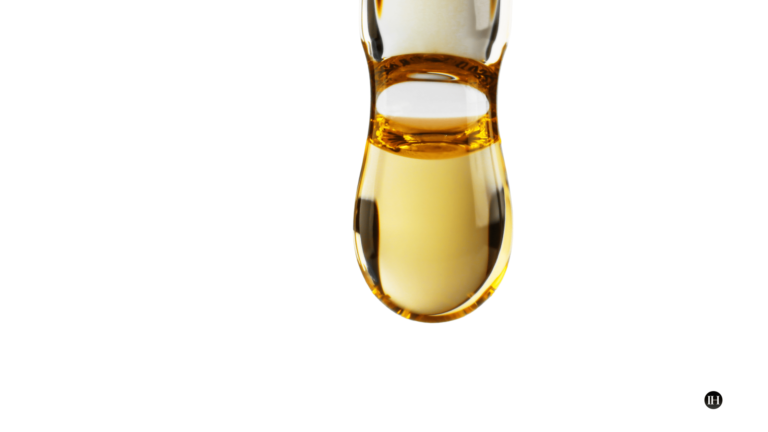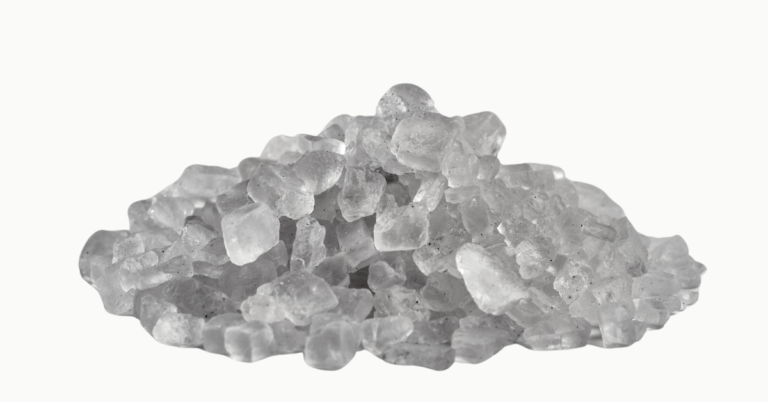Lavender Plant: Better Brain, Sleep, Muscle, Pain
The lavender plant is well-recognised for medicinal and therapeutic uses in classical and modern sciences. Its numerous applications and uses make it an extremely valuable modern-day therapeutic.
Its uses include essential oil, tea, and extract from plants, leaves, flowers, and volatile oils.
One reason the lavender plant is so effective is its composition of plant compounds. It contains more than 100 bioactive compounds, including volatile oils: linalool, limonene, terpene, coumarin, tannin, camphor, and several others.
Lavender’s aroma may influence changes in the autonomic nervous system and elicit positive feelings, as indicated in a study by Batiha et al. (2023).
Key Points
This article examines the lavender plant, particularly True Lavender, its compounds, some key varieties of lavender, important therapeutic and medicinal uses based on study data, and an overview of Ayurveda on lavender.
The study by Batiha, G.E., Teibo, J.O., Wasef, L., Shaheen, H.M., Akomolafe, A.P., Teibo, T.K.A., Al-Kuraishy, H.M., Al-Garbeeb, A.I., Alexiou, A., and Papadakis, M. (2023); “A review of the bioactive components and pharmacological properties of Lavandula species” is extensively referenced.
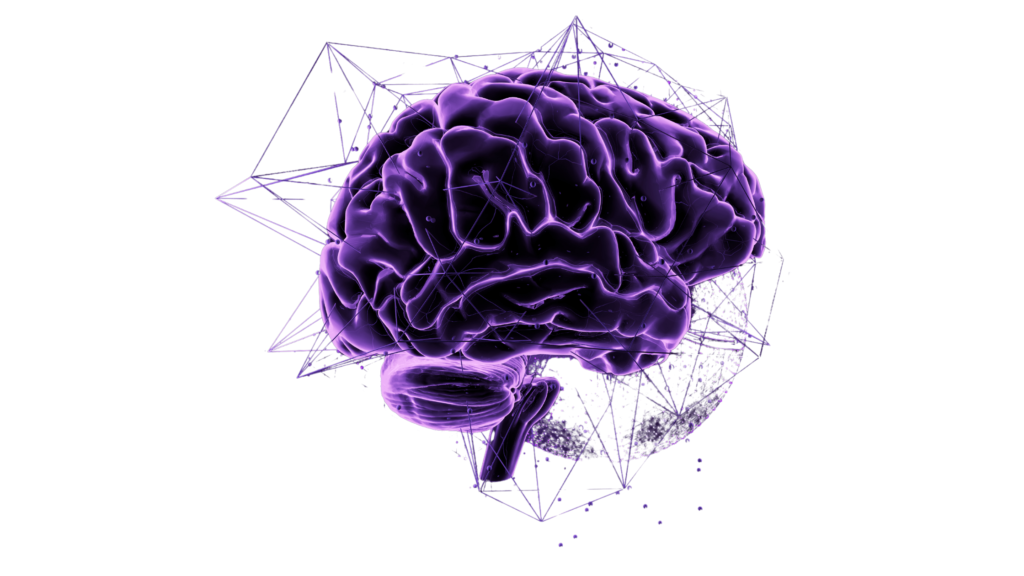
Overview of The Lavender Plant (Lavandula)
The Lavender plant is an evergreen perennial with over 30 species from the Lamiaceae family. Lavandula Officinalis, or Lavandula is its botanical name.
Different types of lavender come from the Mediterranean, parts of Africa, the Middle East, Asia, and the Indian subcontinent.
Here are some of Lavender plants species:
- English Lavender: Lavandula Angustifolia (True Lavender)
- Mediterranean (grass-like): Lavandula Latifolia
- French Lavender: Lavandula Stoechas
- Indian Lavender: Lavandula Angustifolia Subsp. Angustifolia
- Hybrid Lavender: Lavandula Intermedia

Classical Sciences & A Modern Age Elixir
Classical sciences have long regarded lavender as a therapeutic elixir, and it has been extensively used in several regions.
For instance, Ayurveda recognises the anti-inflammatory and anti-oxidative effects due to polyphenolic compounds such as gallic and rosmarinic acid.
Lavender is extremely relevant in the modern age because of its therapeutic properties in managing lifestyle-related issues, such as stress, improving sleep, and regulating mood.
Based on the available data, lavender and lavender products are generally safe (GRAS), depending on the type and quality.
Aroma, Notes & Taste
- Aroma: Lavender’s scent is often floral, fresh, and herbaceous with sweet and woody undertones. Its fragrance notes are calming and uplifting, elegant and relaxing.
- Taste: Lavender has a slightly sweet and floral taste with herbaceous undertones. Its taste is often described as delicate and elegant, with a subtle hint of citrus. Aftertaste-wise, it has a lingering floral and earthy flavour; sometimes, it has a mildly coconutty aftertaste. Linalool compound found in lavender and coconuts influences the taste of both.
Bioactive Compounds In Lavender
According to Batiha et al. (2023), Lavender (L. Angustifolia -True Lavender) has several important compounds.
Also, an organically grown “whole” plant contains bioactive compounds that synergistically interplay, which is different from isolated compounds.
Lavender contains essential oil, linalool, camphor, limonene, cineole, anthocyanins, ursolic acid, valeric acid, phytosterols, sugars, coumaric acid, glycolic acid, minerals, herniarin, coumarin, tannins.
Lavender types also include various macro and micronutrients, however, in smaller amounts.
Other Nutrients
According to the United States Department of Agriculture, some other nutrients in French blue lavender include Vitamin A 1450 IU, Calcium 20mg, and Iron 0.54 mg based on a 3-gram quantity.

Therapeutic Properties Associated With Lavender
For the purpose of understanding its therapeutic and medicinal effects, we continue with the Batiha et al. (2023) study.
Lavender contains antifungal, antibacterial, neuroprotective, antimicrobial, anti-parasitic, anti-diabetic, anti-inflammatory, antioxidant and analgesic effects.
1. Muscle Relaxation
The compound Cineole in lavender has been found to reduce muscle contractions strongly stimulated by acetylcholine.
Acetylcholine is a neurotransmitter that plays a key role in muscle contractions and the functioning of the autonomic nervous system. Overstimulated acetylcholine is associated with muscle spasms.
2. Central Nervous System, Decreased Stress & Agitation, EEG
Certain components of essential oils, such as linalool and terpineol, can influence the nervous system.
They can reduce human physical activity, alleviate anxiety and agitation, and promote better sleep.
As Batiha et al. (2023) suggested, a study of 40 healthy participants exposed to lavender essential oil increased EEG activity and improved math test performance.
The results included decreased fatigue, feelings of relaxation, and a more positive outlook on life.
Note: EEG activity refers to the electrical activity in the brain, which can be measured using an electroencephalogram (EEG) machine. It provides insight into the brain’s functioning and can be used to assess different states of consciousness and cognitive processes.

3. Parasympathetic Nerves “Rest & Digest”
Lavender oil stimulates the parasympathetic nerves, which suppress the sympathetic nerves that innervate (stimulate a nerve or body part) the white and brown adipose tissue and the adrenal glands.
The parasympathetic nervous system, also known as the “rest and digest” system can also be activated during meditation practices.
It helps the body rest and recover by slowing the heart rate, increasing intestinal and gland activity, and relaxing the muscles.
When stimulated, it promotes a state of calm and relaxation in the body.

4. Sleep Quality, Sedation, Hypnotic, Increase Positive Mood
Similarly, in a clinical trial involving 245 people, 72% of those who inhaled lavender oil could sleep soundly, compared to only 11% in the control group.
Additionally, 80% of patients in the treatment group reported a sense of general well-being, compared to 25% in the control group (Batiha et al., 2023).
5. Blood Pressure, Heart Rate & Vitals
Studies indicate that inhaling lavender essential oil can lower systolic and diastolic blood pressure, as well as heart rate.
However, regulated breathing also plays a crucial role in this effect, meaning that a combination of lavender essential oil and regulated breathing is influential in achieving these benefits.
6. Hair Growth
Lavender is used to enhance hair growth and as an aphrodisiac.
7. Pain Relief “Lavandula Latifolia”
Lavender oils high in 1,8-cineole, such as in Latifolia, contain effective analgesic actions.
“Latifolia” refers to Lavandula latifolia, a species of lavender known for its high 1,8-cineole content.
Lavandula latifolia, or spike lavender, is native to the western Mediterranean region, including parts of Spain, Portugal, and North Africa.
Furthermore, according to a quasi-experimental crossover study (comparison groups, but without random assignment), lavender oil (L. angustifolia) reduced pain perception in patients suffering from rheumatoid arthritis and improved sleep quality and well-being.
8. Anti-Anxiety Massage
Linalool and linalyl acetate in Lavender are quickly absorbed through the skin (transdermal), and aromatherapy through massage and inhalation can help alleviate symptoms of depression.
These compounds are linked to inducing relaxation of the nervous system.
9. Potential Performance Enhancing
Subsequently, essential oils such as rosemary and lavender may enhance performance during exercise training.
Lavender oil aromatherapy may help enhance the speed and accuracy of mathematical calculations.
10. Topical Use of Lavender Oil
Furthermore, (Batiha et al., 2023) study states that Lavender oil absorbs very fast into the skin.
Five minutes after topical treatment, the components linalool and linalyl acetate are detectable in the blood, peaking at 19 min and declining step by step after 90 min.
Using anti-inflammatory treatments can be beneficial for addressing various skin-related issues.
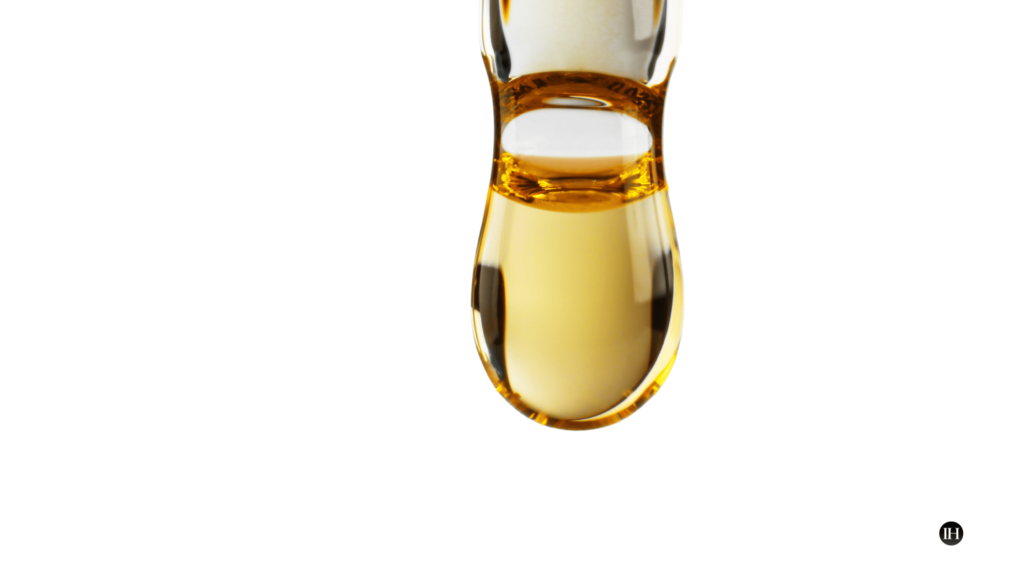
Using Lavender: General Dose, Tea & Oil
As a general indicator, the suitability and effectiveness of any plant as a therapeutic aid depends entirely on individual health status.
Lavender aroma is safe but this does depend on suitability and type as well as other factors.
Also, a therapeutic dose of lavender is different from general use, seek the advice of a professional.
Here are some methods of use according to (Batiha et al., 2023):
- Lavender Tea: steeping 2 teaspoons (10 g) of leaves in 250 mL (1 cup) of boiling water for 15 minutes.
- Inhalation: two to four drops of essential oil vapour into 2-3 cups of boiling water for use in inhalation breathing. Aromatherapy may be used on a daily basis or as needed based on individual suitability and health status.
- Bath: 2-4 drops of essential oil or high grade flowers added to a warm bath.
- Massage: 2-4 drops of essential oil mixed with carrier oil for massage.
Ayurveda
Similarly, Ayurveda classifies Lavender as helpful for relaxation, mood regulation and mind well-being.
Typically, it is used as an essential oil ensuring an organic, high quality grade according to individual needs, suitability and health status.
Therapeutic Terms Associated With Lavender:
Calming
Relaxing
Soothing
Balancing
Summary
In conclusion, lavender, has a diverse range of bioactive compounds and therapeutic properties. It holds significant value as a therapeutic agent for stress, mood and some central nervous system actions.
Its uses in essential oils, teas, and extracts make it a versatile and valuable botanical resource.
Research has shown its potential to positively affect the autonomic nervous system, reduce stress, promote quality sleep, induce relaxation and positive outlook as well as anti-inflammatory and antioxidative actions.
With its rich history in classical sciences and its relevance today as an recognised therapeutic, lavender continues to be recognized as an important therapeutic plant with widespread applications.
Precautions & Suitability
Precautions and personal responsibility are crucial. Individuals with chronic health concerns or pregnant women and in general should check suitability.
Linalool exposure can cause allergic reactions in some individuals. Skullcap (variety) has been linked to liver injury, but usually in combination with other plants. Some plant oils can be toxic if ingested.
Seek the advice of a professional. This is an informational post only and does not constitute professional advice.
Data & References in this article:
Bavarsad NH, Bagheri S, Kourosh-Arami M, Komaki A. Aromatherapy for the brain: Lavender’s healing effect on epilepsy, depression, anxiety, migraine, and Alzheimer’s disease: A review article. Heliyon. 2023 Jul 20;9(8):e18492. doi: 10.1016/j.heliyon.2023.e18492. PMID: 37554839; PMCID: PMC10404968.
Bazrafshan, Mohammad-Rafi et al. “The effect of lavender herbal tea on the anxiety and depression of the elderly: A randomized clinical trial.” Complementary therapies in medicine vol. 50 (2020): 102393. doi:10.1016/j.ctim.2020.102393
APRC: https://www.aromaticplant.org/post/the-history-of-lavender
BHMA: https://bhma.info/indications/sleep-problems-and-fatigue/lavender
Batiha GE, Teibo JO, Wasef L, Shaheen HM, Akomolafe AP, Teibo TKA, Al-Kuraishy HM, Al-Garbeeb AI, Alexiou A, Papadakis M. A review of the bioactive components and pharmacological properties of Lavandula species. Naunyn Schmiedebergs Arch Pharmacol. 2023 May;396(5):877-900. doi: 10.1007/s00210-023-02392-x. Epub 2023 Feb 11. PMID: 36773055; PMCID: PMC10079719.
LiverTox: Clinical and Research Information on Drug-Induced Liver Injury [Internet]. Bethesda (MD): National Institute of Diabetes and Digestive and Kidney Diseases; 2012-. Lavender. [Updated 2019 Apr 15]. Available from: https://www.ncbi.nlm.nih.gov/books/NBK548221/
But VM, Bulboacă AE, Rus V, Ilyés T, Gherman ML, Bolboacă SD. Anti-inflammatory and antioxidant efficacy of lavender oil in experimentally induced thrombosis. Thromb J. 2023 Aug 9;21(1):85. doi: 10.1186/s12959-023-00516-0. PMID: 37559057; PMCID: PMC10410829.
Lavendula: https://en.wikipedia.org/wiki/Lavandula
USDA: French Lavender
Kajjari S, Joshi RS, Hugar SM, Gokhale N, Meharwade P, Uppin C. The Effects of Lavender Essential Oil and its Clinical Implications in Dentistry: A Review. Int J Clin Pediatr Dent. 2022 May-Jun;15(3):385-388. doi: 10.5005/jp-journals-10005-2378. PMID: 35991803; PMCID: PMC9357533.



